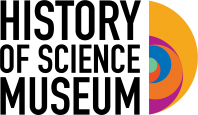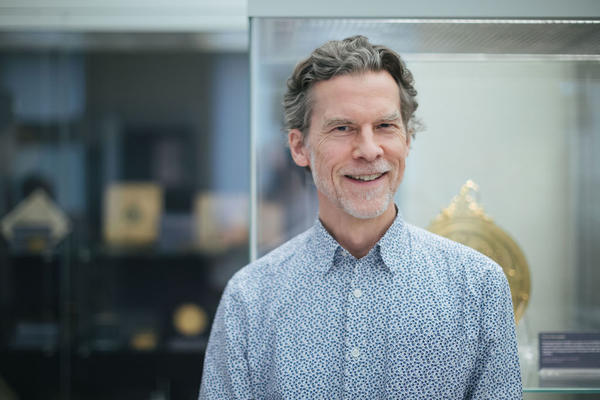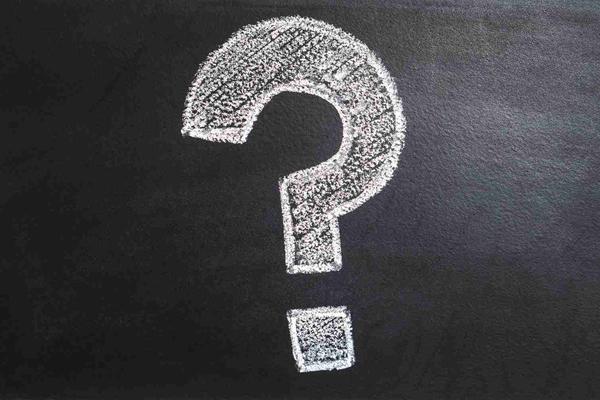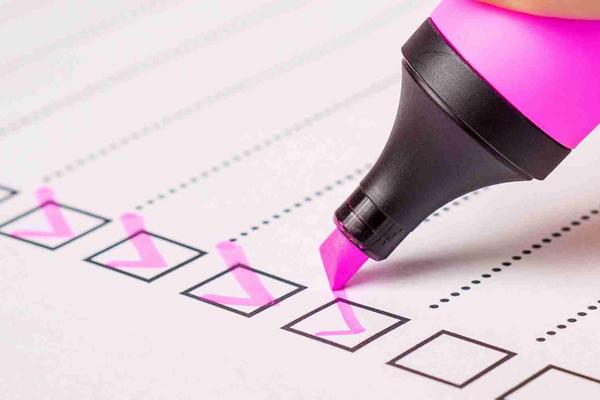Mirror of the Universe: The Astrolabe
Session details
Delivery
Museum based
Curriculum Links
Maths (geometry and calculation)
Science (astronomy)
History
Key Stage 4 and Key Stage 5
Suitable for Years 10 & 11 and Years 12 & 13 (post-16)
Length of session
75-90 minutes
Maximum group size
20-30 students
In this online session students will:
-
Discover rare astronomical instruments from the Museum’s collection
-
Find out what the medieval Islamic world contributed to astronomy
-
Learn how to use an astrolabe to solve astronomical problems
The Museum has a remarkable collection of early scientific instruments from the Islamic world linked with astronomy and time-keeping.
In this session, we will explore the legacy of the ancient Greeks and the development of astronomy in the medieval Islamic world.
We will focus on the astrolabe, a fascinating early astronomical instrument used for observing the stars and calculating the time.
We will start with a demonstration of the armillary sphere and an explanation of Ptolemy’s model of the Universe.
We will then look at how the astrolabe is derived from the armillary sphere and learn how to use it to carry out calculations including the times of sunrise and sunset.
Students will see rare and beautifully made astrolabes from the Museum’s collection.
For more information about the Museum’s collection of Islamic instruments and associated teaching resources, see our Science and Islam resources.








